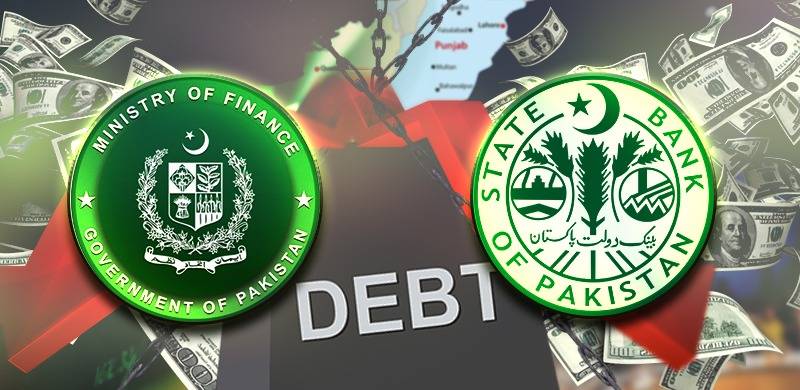Islamabad: In the first nine months of the 2024-25 fiscal year, Pakistan has managed to secure $12.5 billion in foreign loans, falling short of the annual $19.2 billion target set for the period ending June 30.
A substantial portion of this amount consists of rollovers from friendly nations, including $3 billion from Saudi Arabia, $2 billion from the UAE, and $1 billion from China. Another $2 billion rollover by China occurred recently but has not yet been recorded in the Economic Affairs Division (EAD)’s current figures.
The EAD’s latest monthly report on Foreign Economic Assistance (FEA) reveals that only $5.51 billion in fresh loans and grants were materialised between July and March, representing a nearly 20% decline compared to the same period last fiscal year.
These inflows include $3 billion for budgetary support and $2.4 billion for project-related financing. In contrast, the same period last year saw $4.7 billion in programme loans and $2.2 billion in project financing.
The data does not account for a $1 billion IMF disbursement made in October under the Extended Fund Facility (EFF), as such inflows are recorded separately by the State Bank of Pakistan.
IMF Stand By
Likewise, a similar $1.2 billion IMF tranche received earlier under the Stand-By Arrangement (SBA) had been treated in the same manner.
Despite a challenging financing environment, multilateral institutions provided significant support, with total disbursements of $2.83 billion, a slight increase from $2.7 billion the previous year.
The Asian Development Bank (ADB) contributed $1.189 billion, up from $665 million, while the World Bank released $979 million. In contrast, bilateral assistance saw a sharp fall to $358.5 million from $870 million a year earlier.
Foreign commercial lending remained limited, with only $504 million secured—mainly from UAE-based lenders—indicating minimal recovery in appetite among global banks.
The government had budgeted $3.8 billion from foreign commercial sources for FY25, reflecting a slow start due to the absence of an IMF umbrella.
Pakistan had also projected $9 billion in inflows from China and Saudi Arabia, including a $5 billion time deposit from Riyadh and a $4 billion SAFE deposit from Beijing, which are vital to addressing the external financing gap tied to the IMF program’s requirements.
Read More: IMF Program Impossible Without China Support: PM
Meanwhile, remittances through Naya Pakistan Certificates showed promising growth, with $1.455 billion received during the nine-month period, compared to $781 million last year.
The report highlights that total inflows dropped by around 20.2% from last year’s $6.9 billion (excluding IMF) to $5.5 billion, largely due to delays in finalising IMF agreements.
Monthly disbursements also remained inconsistent, with $555 million recorded in March, following $365 million in February and $830 million in January.
Also Read: $400m investment with 10-year Transmission System Upgradation by World Bank
Given the substantial $12.7 billion annual rollover portfolio, Pakistan’s net international reserves remain in deficit, placing added pressure on authorities to expedite multilateral and bilateral arrangements and restore macroeconomic stability.
